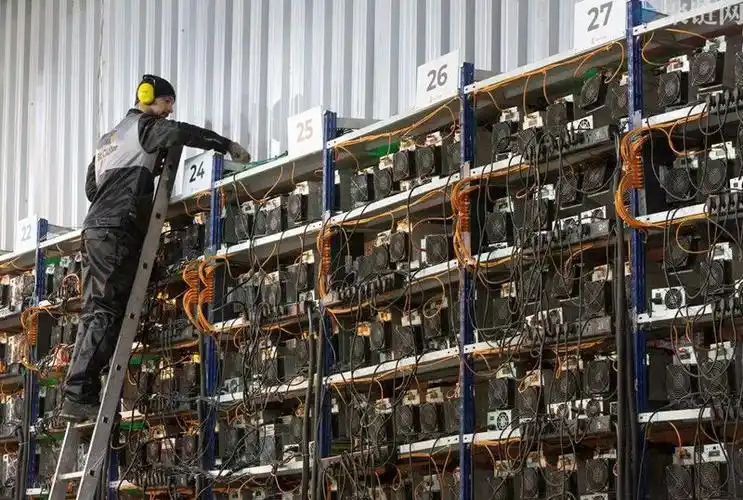Purchasing GPU miners in the Netherlands opens the gateway to a world brimming with cryptocurrency mining potentials, from Ethereum (ETH) to alternative coins like Dogecoin (DOG). Yet, as with any complex mining rig, users commonly encounter technical challenges that hinder performance or downtime. Understanding the nuances behind these issues not only boosts your mining farm’s efficiency but also ensures prolonged hardware longevity, making every hash count toward your portfolio’s growth.
One prevalent hurdle involves driver conflicts and compatibility errors, especially with the latest GPU models tailored for Ethereum and other GPU-focused coins. The Dutch market’s variety means miners might deal with heterogeneous units in their setups, causing synchronization lags and suboptimal hashing rates. Keeping drivers updated with the official manufacturers’ releases—NVIDIA or AMD—is crucial, and testing them individually before integrating into your mining rig can preempt numerous glitches.

Hardware overheating is another formidable adversary. The Netherlands, with its moderate climate, offers a natural advantage in this arena, but indoor mining farms can stack heat disproportionately. Overclocking GPUs for maximum hash rate amplifies power consumption and thermal output, which, without adequate ventilation or cooling solutions, risks throttling or permanent damage. Utilizing robust cooling setups—like custom liquid cooling or high airflow fans—ensures that miners sustain peak efficiency throughout extended operations.
Power supply units (PSUs) also warrant attention. GPU miners, particularly those mining for Bitcoin via hosted ASIC miners in conjunction with GPU rigs for altcoins, demand stable and sufficient power delivery. Unstable currents or undervoltages, which can occur due to low-quality or mismatched PSUs, may induce spontaneous reboots or corrupt mining data. The Dutch energy grid is reliable, but selecting high-quality, mining-specific PSUs with ample wattage safeguards your investment and stabilizes uptime.
Network connectivity hiccups likewise pose critical setbacks. Mining isn’t merely about hardware; it’s about continuous, uninterrupted communication with cryptocurrency exchanges and mining pools, especially for coins like BTC and ETH that require exacting consensus. Interruptions might lead to stale shares, punishing your efficiency and profits. A robust, preferably wired internet connection with redundancy options is advisable in any Dutch mining facility, ensuring miners can submit valid shares without delay.
On the software front, mining host platforms leveraging remote GPU miners in the Netherlands are increasingly popular, offering scalability while circumventing physical constraints of home mining. However, misconfigurations in mining software, including incorrect wallet addresses or improper pool selection, remain frequent problems. These errors cause earnings diversion or complete loss of mining output. Carefully verifying wallet credentials—especially for volatile assets like Dogecoin—and double-checking pool fees and payout thresholds amplify your revenue stream sustainably.
Commandeering the complexity of firmware updates also demands vigilance. Firmware plays a pivotal role in optimizing miner efficiency and patching known vulnerabilities. Yet, improper flashing routines can brick GPU miners or skew hash algorithms, severely undermining hardware investment. Mining farms that run hundreds of miners must adopt staged and backup strategies before any mass firmware deployment, ensuring that rollback options are in place.

The environmental aspect is not to be overlooked; mining generates substantial heat and noise, which might lead to friction with local communities or regulatory hurdles, particularly in densely populated Dutch cities. Awareness of municipal regulations, leveraging hosting services designed to mitigate noise pollution, and deploying energy-efficient mining rigs contributes to long-term sustainability and acceptance of cryptocurrency mining as a viable business.
Finally, insights from the ever-evolving crypto markets influence miners’ profitability and operational focus. For instance, swings in Bitcoin (BTC) prices can prompt miners to reallocate resources between BTC-focused ASIC miners and versatile GPU miners targeting Ethereum, Dogecoin, or other altcoins. Keeping abreast with exchange trends—such as margin trading conditions or liquidity shifts—helps miners time their coin conversions or staking strategies for optimized returns.
In essence, mitigating the common problems with GPU miners purchased in the Netherlands requires an intertwined approach: hardware upkeep, software precision, environmental mindfulness, and market savvy. Mining rig owners who master this blend can transform technical challenges into opportunities, making each block mined a testament to resilience and calculated innovation in the crypto sphere.
This guide cleverly tackles quirky glitches with Dutch-bought GPU miners, from overheating to driver dramas. It’s a lifesaver for crypto miners, blending practical fixes with witty insights—highly recommended for tech troubleshooters!